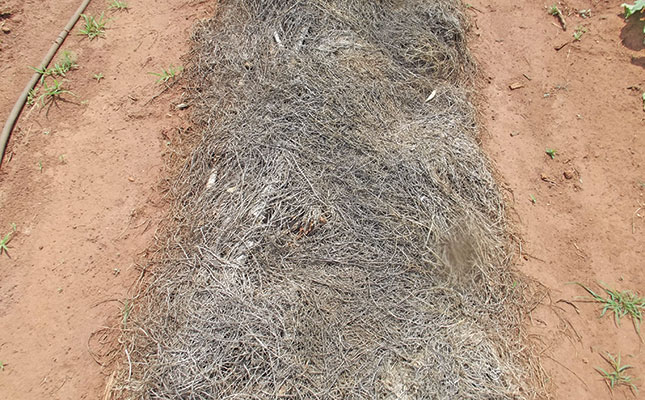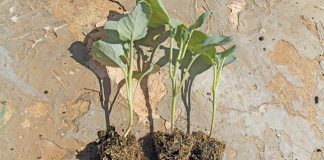
Photo: Bill Kerr
In the early days of agriculture across the world, when soil was tilled for the first time, it tended to have a considerably higher humus content than today. Cultivation aerated the soil, stimulating microbial life.
The energy source of these microbes was the organic carbon which, when digested, released nitrogen into the soil solution for use by crops. At the same time, carbon was released into the air.
All a farmer had to do was add any other nutrients that might have been lacking, such as potassium, phosphorus or calcium.
Nitrogen was constantly released, benefitting the crop and saving the farmer money.
In addition, the water-holding capacity of the higher organic content favoured beneficial organisms and the plant’s root system, allowing for successful cropping.
Reduced tillage
As the same lands were tilled year after year, the organic content of the soil was gradually depleted and less nitrogen was released over time. This meant that more nitrogen had to be applied as the years went by.
Today, we need to reverse this trend by reducing tillage only to what is absolutely necessary in order to get a crop planted or to break up deeper, impervious layers. Anything more will accelerate the depletion of humus from the soil.
Cutting down on tillage is not the end of the story, however. Any crop residue with a carbon-to-nitrogen ratio of more than 30:1 will require extra nitrogen during breakdown to maximise the buildup of humus.
Vegetable farmers who have a rapid cropping cycle often apply cattle manure or compost as a quick fix to maintain the right level of organic content in the soil to produce healthy crops.
The bacteria always beat the crop
I quite frequently come across farmers who incorporate crop residue in the soil, then plant the land before the residue is broken down.
While the breakdown is taking place, the bacteria are given a food source and start to multiply rapidly. Because they require nitrogen for growth, they extract this from the soil in competition with the newly planted crop, and the bacteria always win!
I recently made horse-manure compost, and 24 hours later the temperature was 65°C, which goes to show how fast they can multiply.
Add nitrogen to compensate
If you have to plant during this ‘negative period’, apply enough nitrogen to feed both the bacteria and the crop. In any case, more humus will be formed this way.
Beware, though; excess nitrogen applied to the soil can stimulate the bacteria to increase more than necessary for soil health. With no raw organic matter to consume, they will start to deplete the residual humus.
Even though nitrogen is needed for humus build-up, too much will have the opposite effect.
Bill Kerr is a vegetable specialist and a breeder of a range of vegetables.










